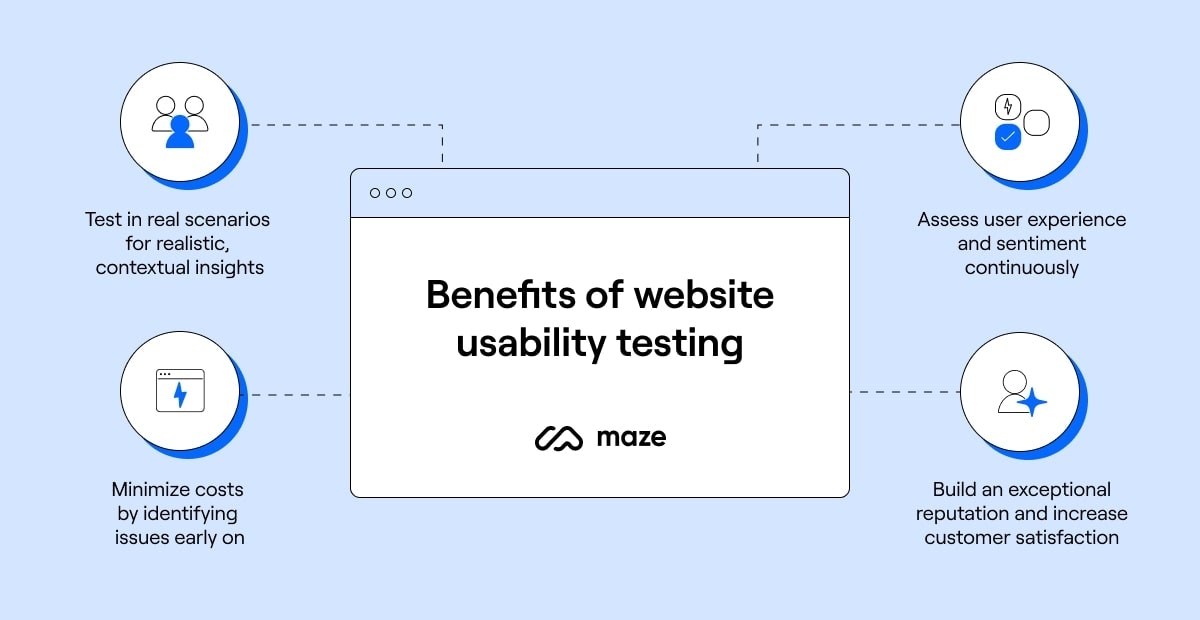Hydra Tech Insights
Stay updated with the latest in technology and gaming.
Usability: The Secret Sauce Your Website Needs
Unlock the hidden power of usability! Discover how it can transform your website into a user magnet and boost conversions.
What is Usability and Why is it Crucial for Your Website?
Usability refers to how easy and intuitive a website is for users to navigate and interact with. It encompasses various elements, including layout design, the clarity of information, and the overall user experience. A website that prioritizes usability ensures that visitors can quickly find what they are looking for without confusion or frustration. Effective usability can significantly impact the amount of time users spend on your site and their likelihood of returning, making it a fundamental aspect of web design.
Understanding why usability is crucial for your website is essential for online success. Firstly, a user-friendly site can enhance its SEO performance, as search engines prefer sites that offer a positive user experience. Additionally, high usability can lead to improved conversion rates; when users find what they need easily, they are more likely to make a purchase or engage with your content. To sum up, prioritizing usability is not just about aesthetics; it's about creating a seamless and enjoyable experience that fosters customer loyalty and drives growth.

5 Key Usability Principles to Enhance User Experience
Usability is a critical aspect of enhancing the user experience on your website. By adhering to key principles of usability, you pave the way for user satisfaction and increased engagement. Here are five key usability principles to consider:
- Clarity: Ensure that your content is clear and concise. Users should easily understand what your site offers without confusion.
- Consistency: Maintain a consistent design and layout throughout your site. This familiarity helps users navigate more intuitively.
Additionally,
- Feedback: Provide feedback for user actions, such as form submissions or button clicks. This lets users know their input has been received.
- Accessibility: Design your site to be accessible for all users, including those with disabilities. This inclusivity not only enhances usability but expands your audience.
- Mobile-friendliness: With the increase in mobile usage, ensure your site is optimized for mobile devices. A smooth mobile experience significantly boosts user experience.
How to Assess and Improve Your Website's Usability
Assessing your website's usability is crucial for enhancing user experience and improving overall engagement. Begin by conducting a usability audit, which involves analyzing your site through the lens of real users. Employ techniques such as user testing, where you observe how actual visitors navigate your website. Additionally, utilize tools like heatmaps or analytics to gather data on user behavior, identifying areas where users may struggle. It’s important to gather feedback through surveys or direct user comments, as this qualitative data can reveal aspects of usability that metrics alone may not show.
Once you've assessed your website's usability, the next step is to implement improvements based on your findings. Consider the following strategies for effective enhancement:
- Simplify navigation: Ensure that your site structure is intuitive, making it easy for users to find what they need.
- Optimize loading speed: A fast-loading website is vital for retaining users’ attention.
- Enhance accessibility: Implement features that make your site usable for individuals with disabilities.
- Mobile optimization: With many users accessing websites via mobile devices, a responsive design is essential.